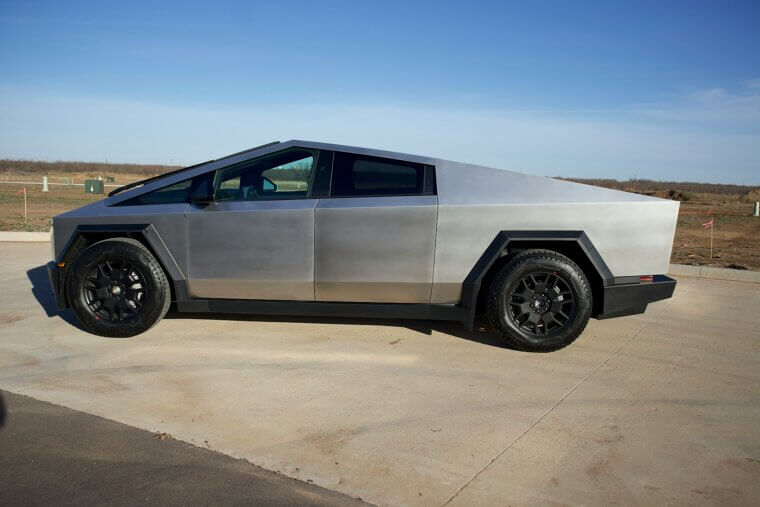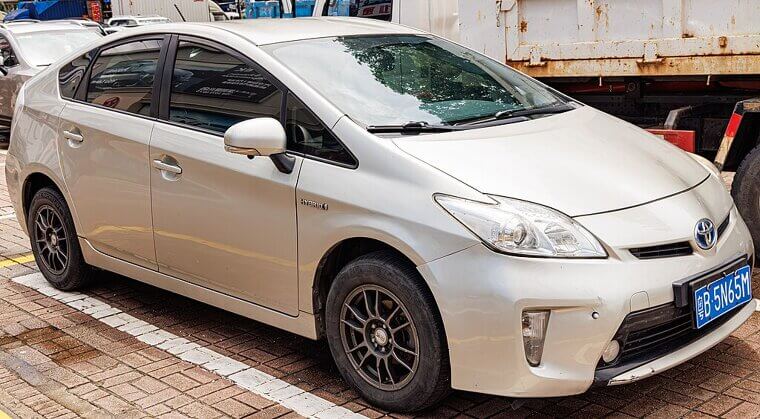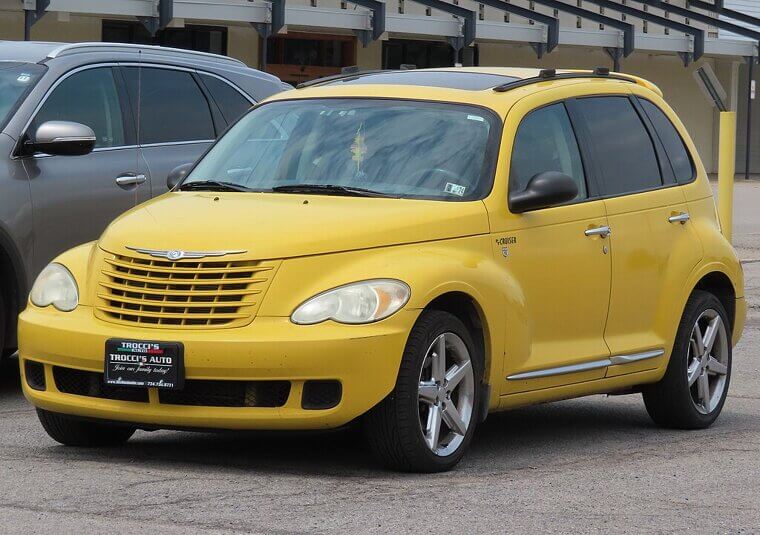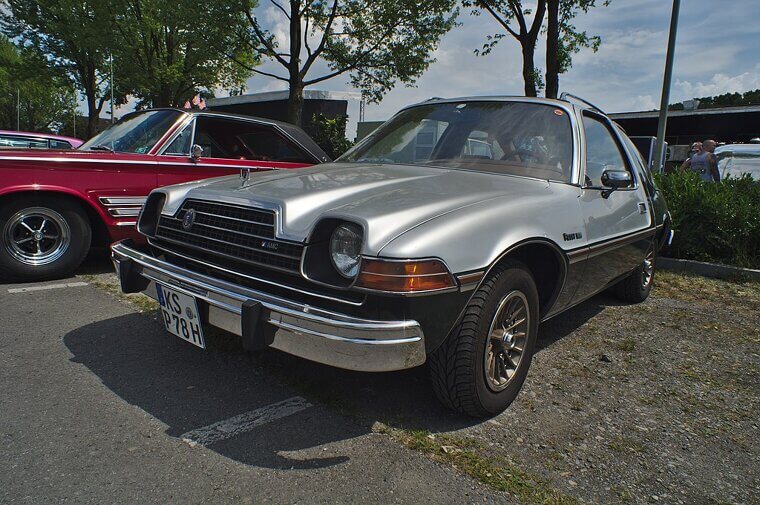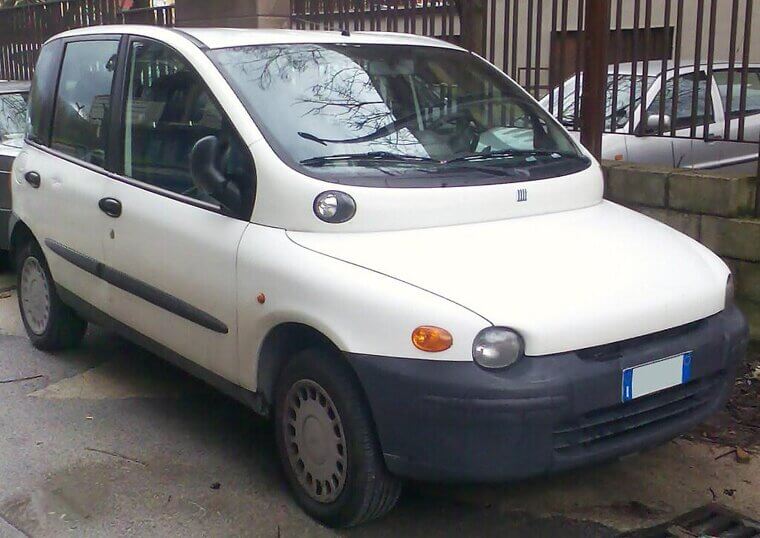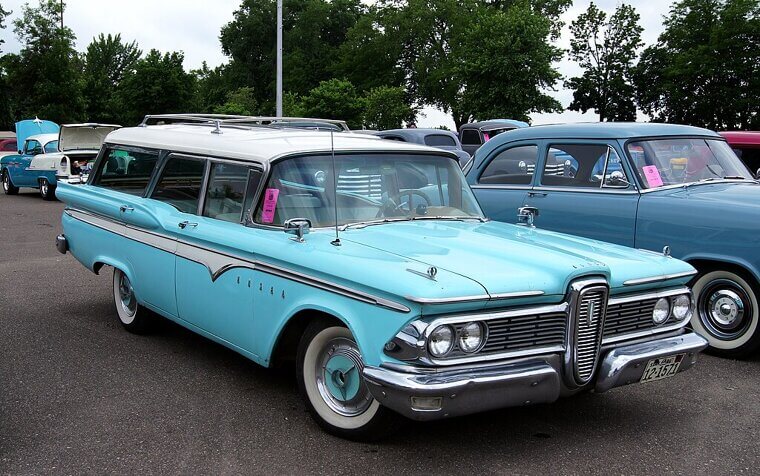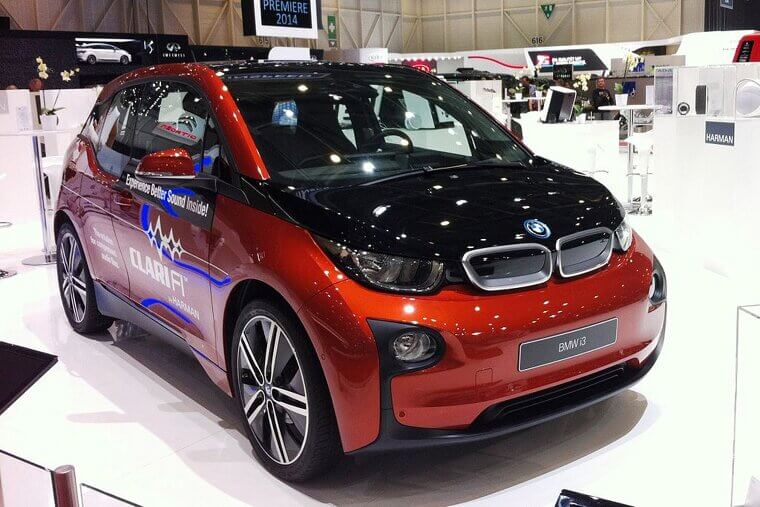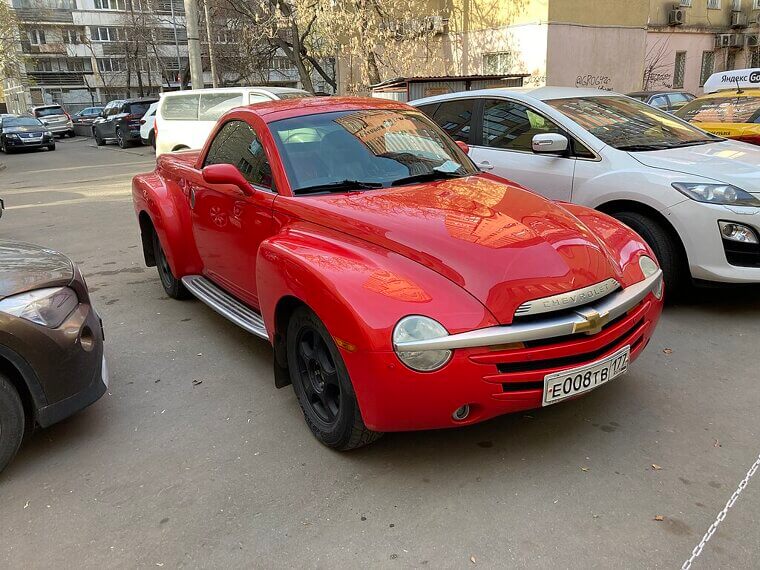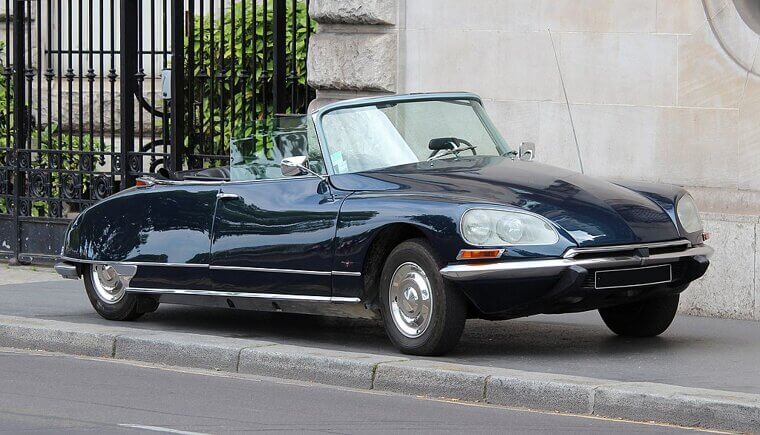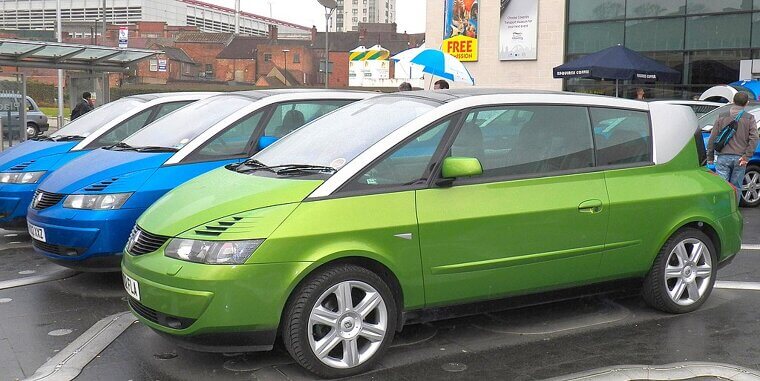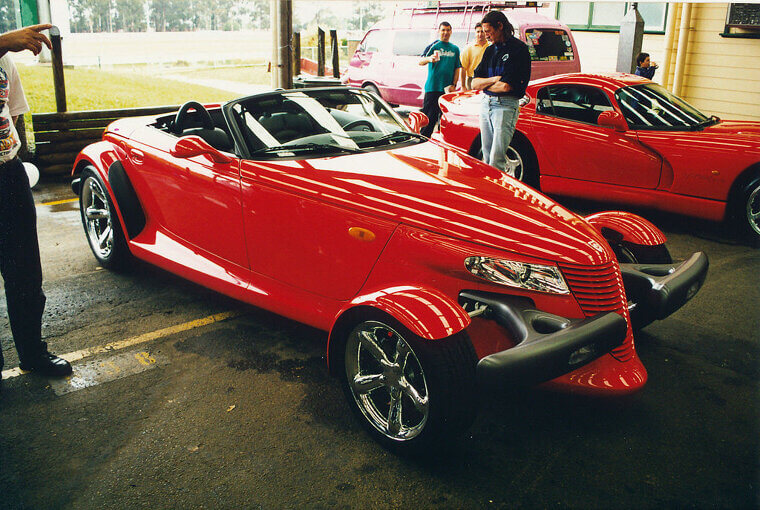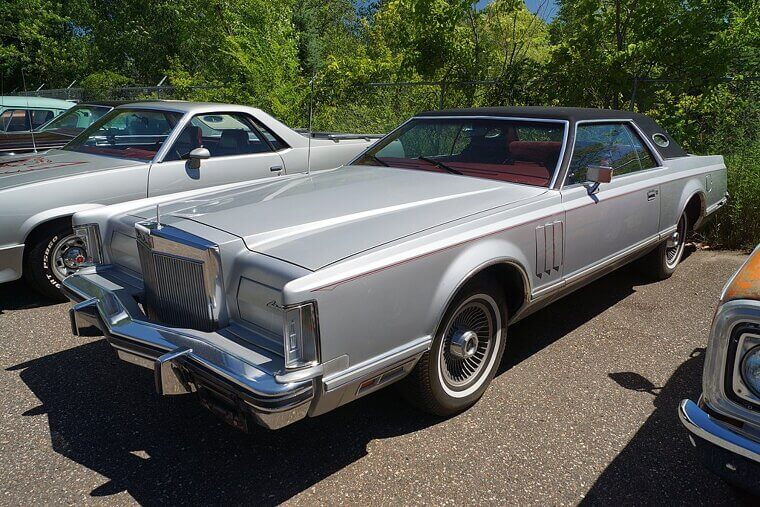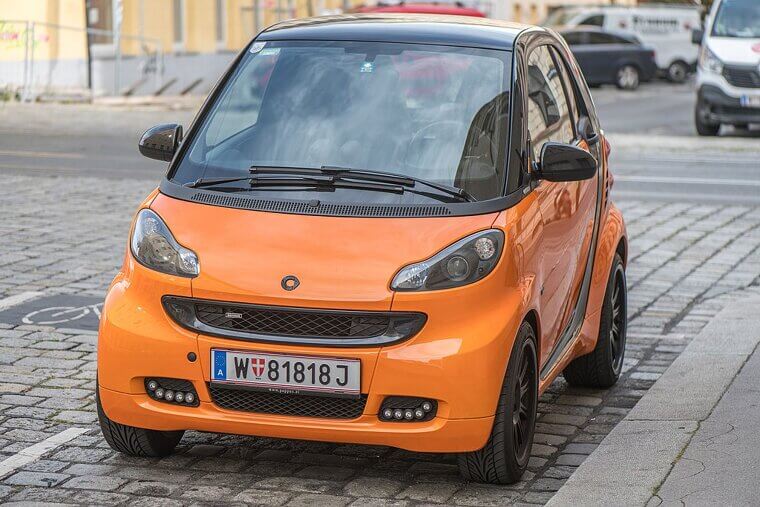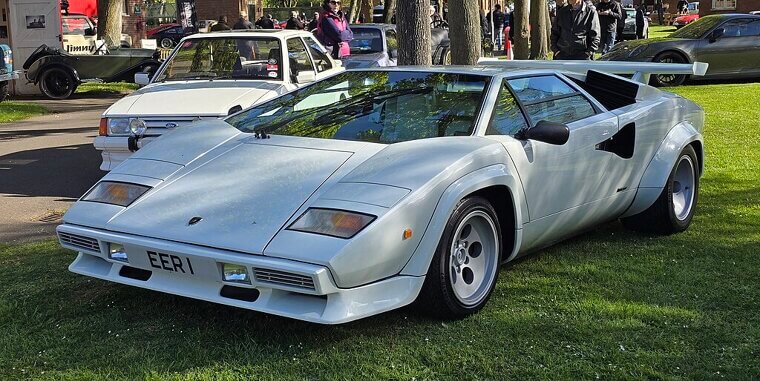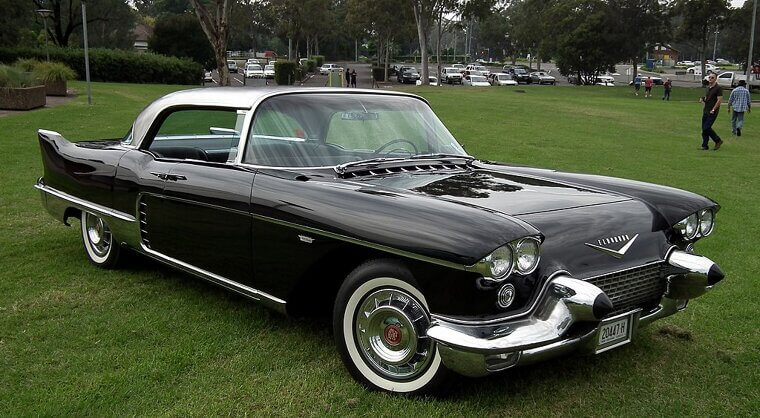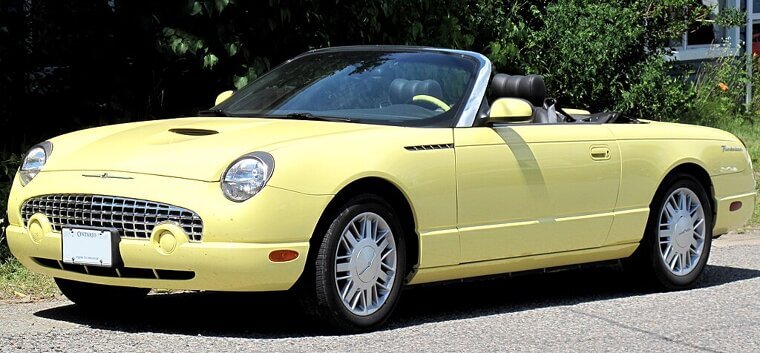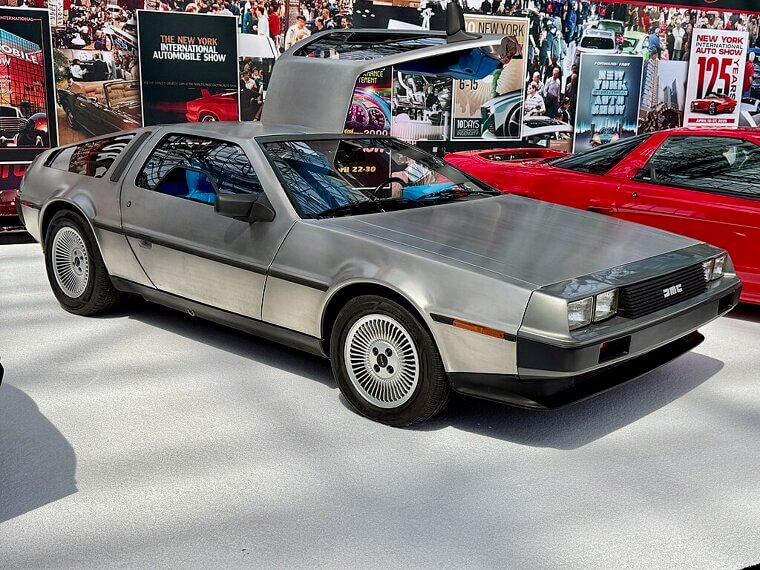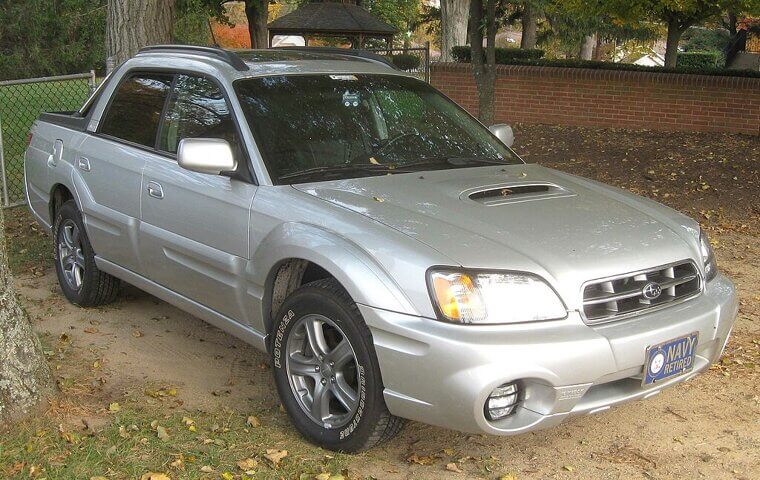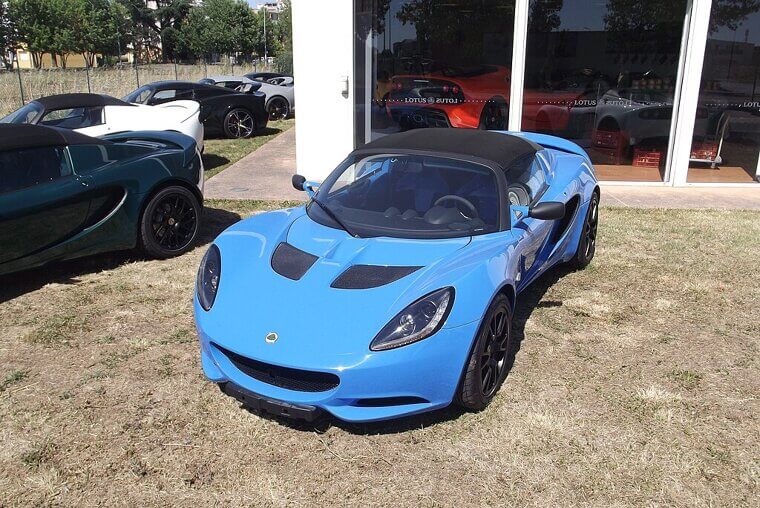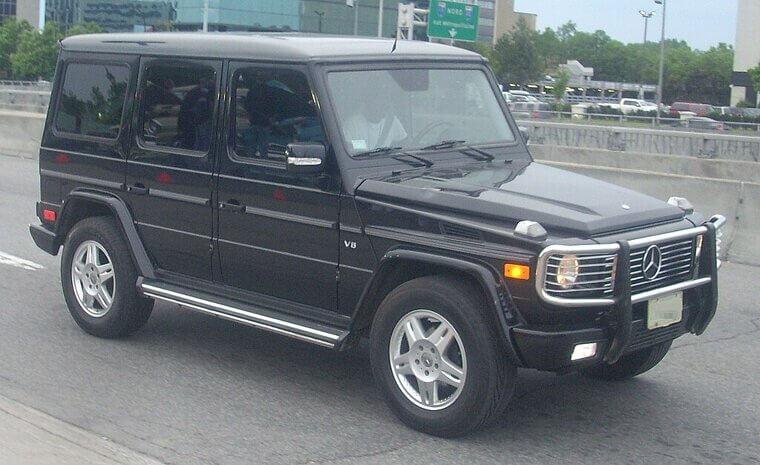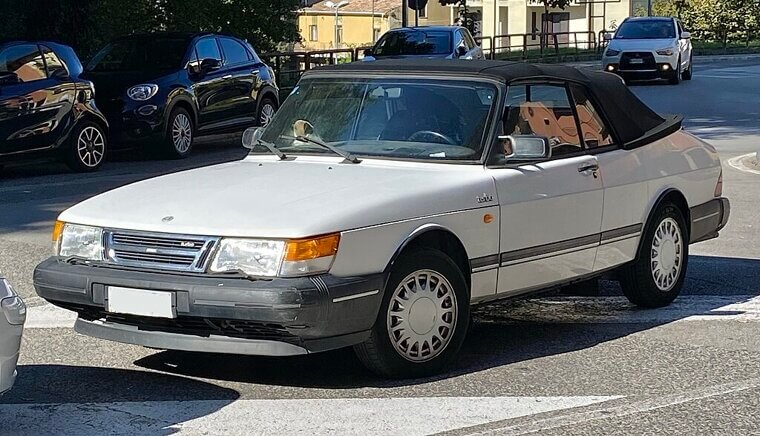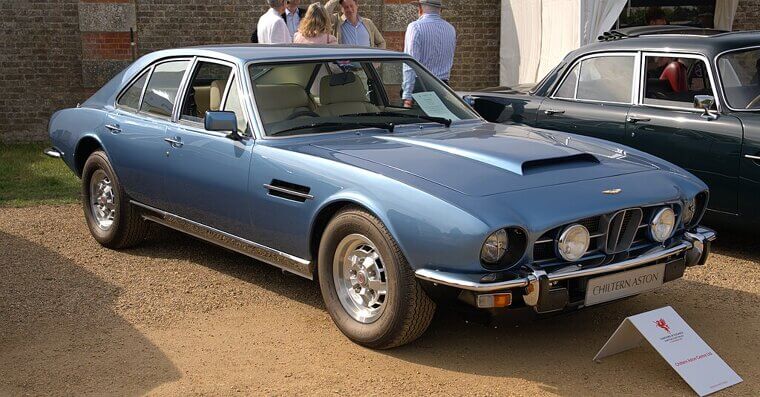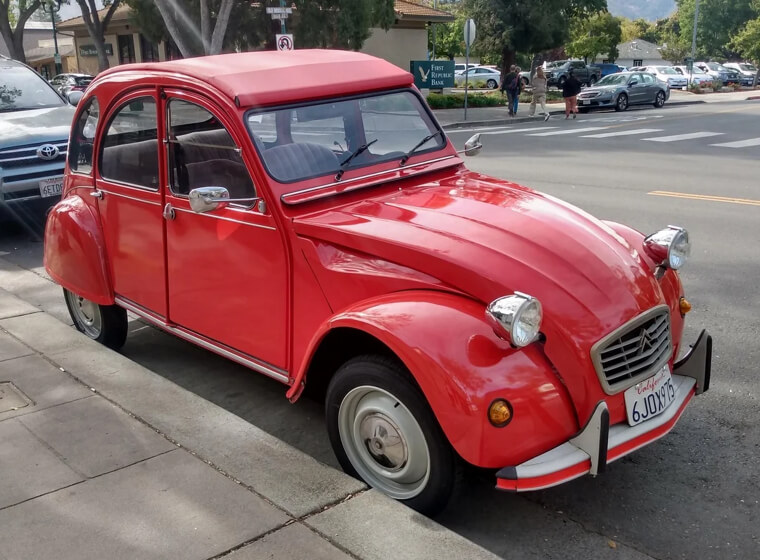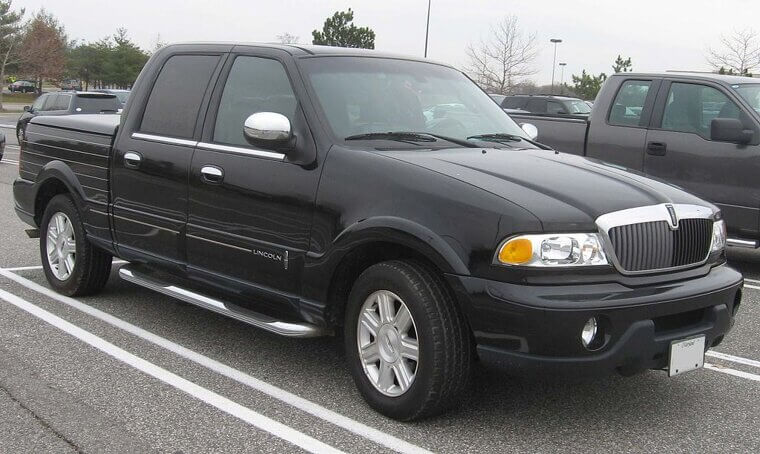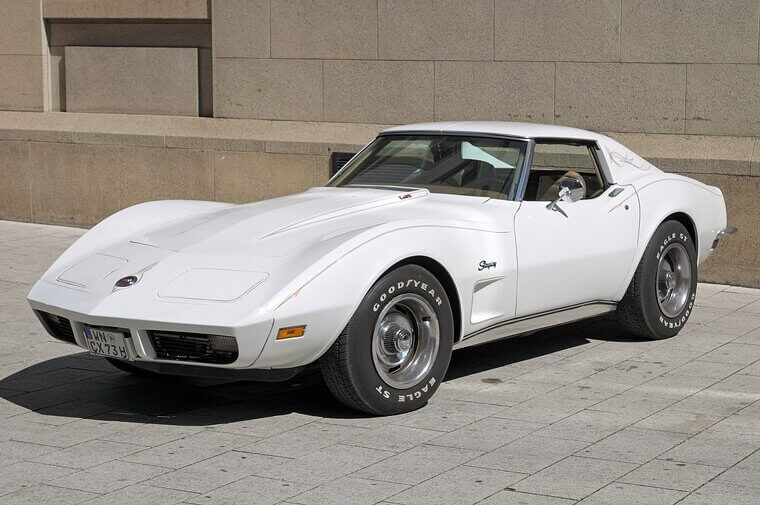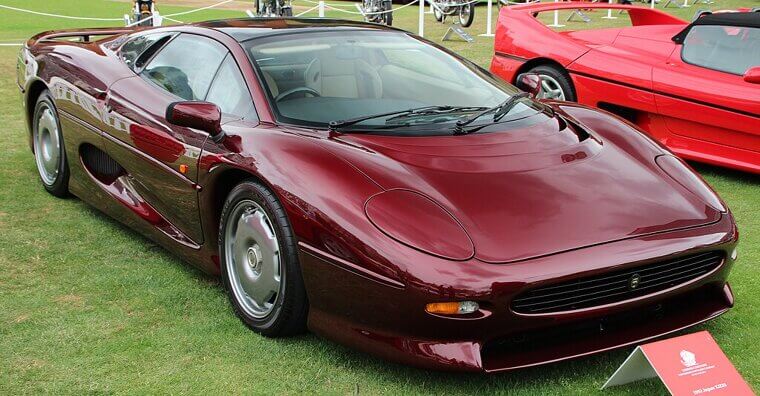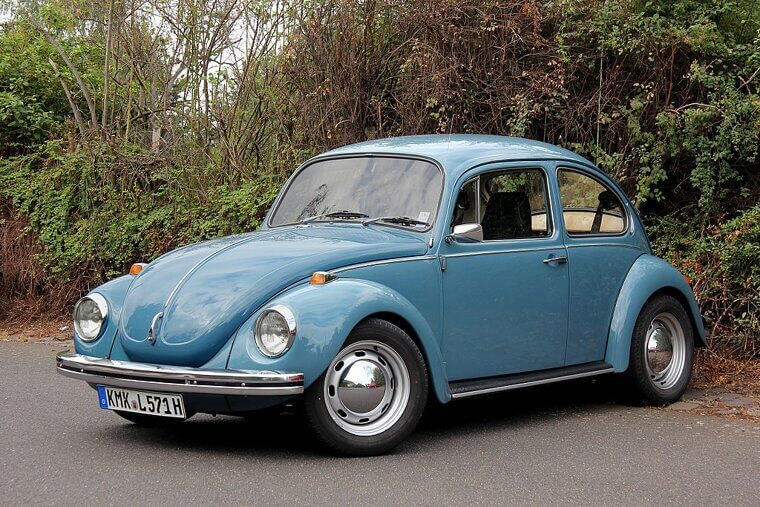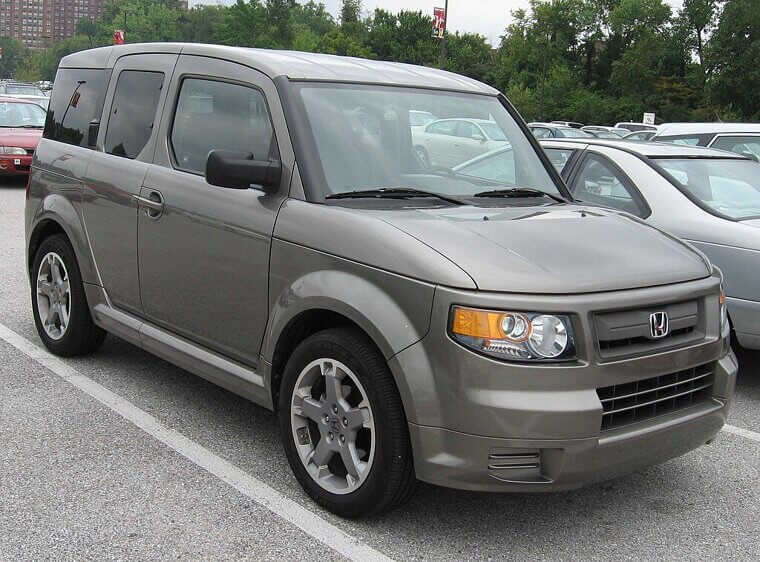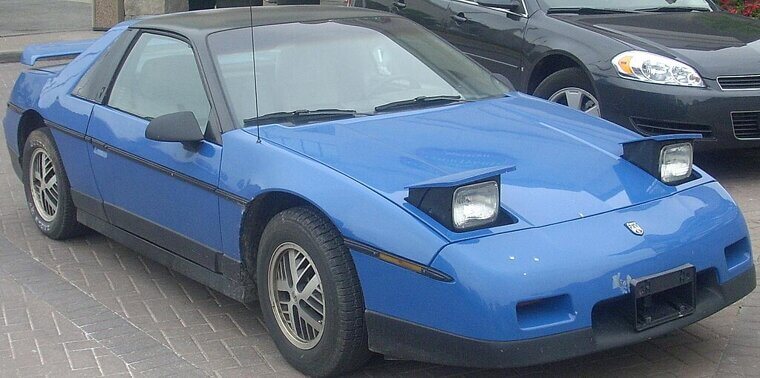Tesla Cybertruck (2019–present)
Blocky, angular, and unapologetically bizarre, the Cybertruck looks less like a pickup and more like an unfinished video game render. Fans hail it as a bold innovation; detractors call it a stainless-steel doorstop. Whether you adore its sci-fi absurdity or despise it, one thing’s certain: nobody ignores it on the road.
Pontiac Aztek (2001–2005)
Some saw the Aztek as ahead of its time, others as a crime against aesthetics. With its awkward proportions and clunky plastic, it was mocked mercilessly until “Breaking Bad” gave it cool points. Love it or loathe it, the Aztek is proof that polarizing cars sometimes live long enough to become cult classics.
Toyota Prius (1997–present)
To fans, the Prius is a symbol of green innovation; to haters, it’s the rolling embodiment of smugness. Its wedge-y, bulbous design has been called futuristic, efficient, and… hideous. Either way, it stood out, and that was kind of the point. You didn’t just drive a Prius - you made sure people knew you did.
Chrysler PT Cruiser (2000–2010)
Retro styling can be charming or kitschy. The PT Cruiser leaned hard into “hot rod for the masses,” but many thought it looked more like a cartoon car. Some loved its personality, while others wouldn’t be caught dead in one. A true divisive darling, equal parts beloved and mocked since day one.
Nissan Juke (2010–2019)
The Juke’s googly-eyed headlights and squat stance sparked endless debate. Cute? Ugly? Both? It looked like a frog with running shoes, but some adored the playful boldness. Critics scoffed at its design weirdness, while fans swore by its character. Few cars turned as many heads - half in delight, half in horror.
AMC Pacer (1975–1979)
Dubbed the “flying fishbowl,” the Pacer was wide, bubbly, and undeniably unique. It was both praised for its futuristic vision and derided because it looked like the car melted in the sun. It’s a classic case of love-it-or-hate-it design. Regardless, “Wayne’s World” cemented its legacy as one of the quirkiest rides ever filmed.
Fiat Multipla (1998–2010)
With bug-eyed headlights stacked over another set of lights, the Multipla was almost universally called “ugly.” Yet families praised its spacious, clever interior. Designers aimed for quirky function, but it landed squarely in the “so bad it’s good” category. Is it a polarizing masterpiece or an eyesore? The answer is “yes.”
Ford Edsel (1958–1960)
The Edsel was meant to be revolutionary; instead, it became the poster child for failure, thanks to that infamous “toilet seat” grille. Opinions are divided on whether it was misunderstood and unfairly maligned, or if it deserved every insult hurled at it. This was legend-inspiring divisiveness on wheels.
BMW I3 (2013–2022)
The i3 looked like a sci-fi pod car that just came from Mars. Some buyers adored its eco-chic weirdness, while others mocked it as goofy and toy-like. Quirky rear doors and recycled interiors added to the love/hate split. Visionary urban runabout or overpriced golf cart? Depends who you asked.
Chevrolet SSR (2003–2006)
Half pickup, half retro roadster, the SSR had undeniable presence. Fans thought it was bold and fun, while skeptics saw it as confused cosplay. Its quirky design and limited practicality divided car lovers like few others. A cool toy for weekend cruising? Maybe. A sensible daily driver? Absolutely not.
Citroën DS (1955–1975)
The DS looked like it had rolled off a spaceship and into a French street. It was either hailed as a futuristic masterpiece with hydropneumatic suspension to match or labelled as a flying teardrop on wheels. Love it or loathe it, nobody could deny that the DS made every other 1950s car look like a box.
Hummer H2 (2002–2009)
Big, brash, and gas-guzzling, the H2 was considered the ultimate statement truck or a suburban monster threatening small parking lots. Fans adored its military-inspired boldness; critics decried its size, inefficiency, and the fact it could double as a mobile billboard for poor environmental choices. Polarizing doesn’t even cover it.
Renault Avantime (2001–2003)
Part coupe, part minivan, all confusion, the Avantime was bold, ambitious, and… utterly mystifying. Buyers admired the daring design; dealers scratched their heads. Its unusual proportions, massive glass surfaces, and tiny production run made it a love-it-or-hate-it icon. Quirky to the extreme, it quickly became a collector’s oddity.
Plymouth Prowler (1997–2002)
Looking like a Hot Wheels prototype gone rogue, the Prowler’s retro-roadster styling drew attention… just not always the good kind. Fans loved its showpiece appeal, but critics laughed at the tiny trunk and underwhelming V6. It was stylish and bold, but practical? Not in any universe!
Lincoln Continental Mark V (1977–1979)
The Mark V was big, bold, and unapologetically American. Some saw it as peak luxury cruiser, others as rolling excess on tires. Those enormous bumpers and sharp angles polarized buyers like few cars ever could. Love it, and you look like a 70s mogul; hate it, and it’s just a gas guzzler with attitude.
Smart Fortwo (1998–present)
Cute, tiny, and urban-friendly, the Fortwo was either a city parking miracle or a terrifying highway scooter, depending on whom you asked. Fans loved its nimble efficiency; skeptics mocked its fragile, toy-like appearance. It was the perfect “love it or fear it” microcar, polarizing anyone over five-foot-nine.
Lamborghini Countach (1974–1990)
Few cars polarize like the Countach. While fans swooned over the wedge-shaped, scissor-door drama, others called it a pointy, impractical monster that was impossible to see out of. Either way, its aggressive styling and outrageous presence guaranteed reactions, making it one of the most divisive exotic icons ever.
Cadillac Eldorado Brougham (1957–1960)
The Eldorado Brougham was a rolling symbol of wealth and excess, with fins so large they could double as wings. Many adored the futuristic opulence, yet it was equally called gaudy and overblown. Its extravagant styling polarized buyers: either you dreamed of driving one, or you couldn’t believe someone actually did.
Ford Thunderbird (2002–2005 Revival)
Ford’s retro revival sparked intense debate. Some adored the nod to the original 1950s icon; others called it awkwardly proportioned and oddly heavy for a “two-seater.” It looked stylish on the surface, but underwhelming performance and polarizing styling left many owners wondering if nostalgia alone justified the purchase.
BMW 7 Series E65 (2001–2008, “Bangle Butt”)
Ah, the infamous “Bangle Butt.” BMW’s bold, sculpted rear divided fans and critics alike. Some hailed the daring design as art; others despised it for ruining the classic elegance of BMW sedans. With every angle sparking debate, the E65 became a case study in how polarizing curves can overshadow engineering excellence.
Jeep Cherokee XJ (1984–2001)
The boxy Cherokee XJ was either ruggedly charming or painfully awkward, depending on your view. Some praised its durability and off-road prowess; others called it a squashed toaster on wheels. Its utilitarian styling polarized buyers: it was practical and dependable, or just really weird-looking.
DeLorean DMC-12 (1981–1983)
The stainless-steel, gullwinged dream from “Back to the Future” divided everyone. Fans loved its sci-fi flair; critics groaned over sluggish performance and mechanical quirks. Driving one meant choosing between fame or frustration (and sometimes both at the same time).
Subaru Baja (2003–2006)
Half car, half pickup, all “what did they even think?” The Baja’s quirky design baffled shoppers. Open-minded drivers adored its utilitarian flexibility; traditionalists thought it looked like a confused hatchback with truck ambitions. Polarizing? Definitely. Practical? Only if you enjoyed being stared at everywhere.
Lotus Elise (1996–present)
The Elise is sleek, minimal, and terrifyingly raw. Fans celebrate the pure driving experience; critics mock the spartan interior and tiny footprint. It’s either a glorious driver’s car or a tiny fiberglass coffin, depending on your perspective. Either way, it never leaves anyone indifferent.
Mercedes-Benz G-Class (1979–present)
Boxy, rugged, and unapologetically angular, the G-Class is loved as a luxury icon and hated as a rolling brick. Whether you worship its off-road dominance or gripe about its cost and blunt appearance, you notice it first, drive it second, and form an opinion instantly.
Saab 900 (1978–1998)
The Saab 900 was a quirky Swedish wedge, loved for character and turbo fun but mocked for awkward angles and odd proportions. If you’re a fan, you adored the uniqueness; as a detractor, you called it a science experiment on wheels. Polarizing? Absolutely. Memorable? Even more so.
Aston Martin Lagonda (1974–1990)
This futuristic sedan looked like a spaceship parked in a driveway. Critics called it a geometric nightmare; fans adored its audacity and electronics-filled cabin. The Lagonda polarized buyers to a vast degree, splitting opinions as avant-garde elegance or a flashy, impractical oddity.
Citroën 2CV (1948–1990)
The 2CV was charming, minimalist, and unmistakably French. Some worshiped its simplicity and affordability; others mocked its barebones design. Its quirky curves and slow speed made it a polarizing icon: love it for personality, hate it for barely being a car.
Lincoln Blackwood (2002)
A luxury pickup? Sure. Practical? Not at all. Fans praised the audacious styling; critics laughed at its useless bed and over-the-top features. The Blackwood polarized buyers like few others, invariably being called a bold statement or head-scratching failure.
Nissan Cube (2009–2014 in U. S. )
Boxy, asymmetrical, and undeniably weird, fans loved the quirky personality; critics called it an appliance masquerading as a car. The Cube polarized drivers instantly: was it a fun urban pod or a rolling oddity that made neighbors laugh?
Chevrolet Corvette C3 (1968–1982)
The “shark” Corvette was sleek, aggressive, and polarizing. It was both praised for its curves and performance or derided for its extreme proportions and terrible visibility. Either way, it demanded attention and opinions wherever it appeared.
Jaguar XJ220 (1992–1994)
Supercar dreams turned polarizing reality, fans adored the XJ220’s speed and exotic looks; critics grumbled over practicality, rear visibility, and price. It was sleek and fast, but divisive; some called it a masterpiece, others a stretched sports car with too much hype.
VW Beetle (1938–2003 Original Run, Revived 1997–2019)
The Beetle’s cute, rounded form charmed many, yet critics blasted its slow pace and quirky proportions. Each generation sparked debates: timeless design or cartoonish relic? Opinions rarely strayed toward the middle.
Honda Element (2003–2011)
Boxy, modular, and camping-ready, the Element was practical but polarizing. Fans loved the versatility; detractors mocked its “moving refrigerator” shape. It’s the car you either embrace for functionality or ridicule for style, but rarely anything in between.
Pontiac Fiero (1984–1988)
Fans loved the mid-engine Fiero’s sports-car cool, styling and handling; critics feared engine fires and quality issues. Its polarizing appearance and reputation made it either a collector’s gem or a cautionary tale… depending on which side of the debate you stood.

